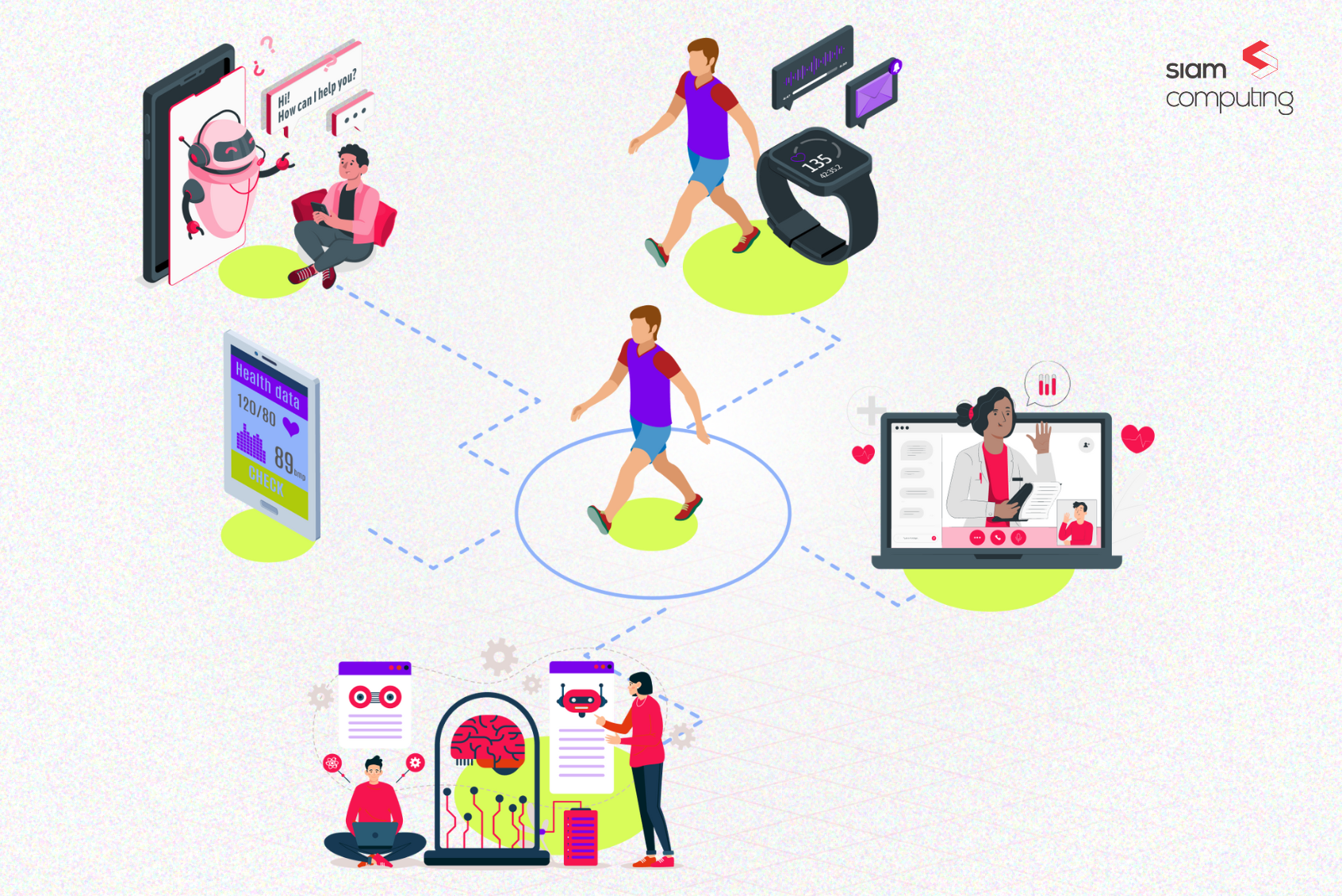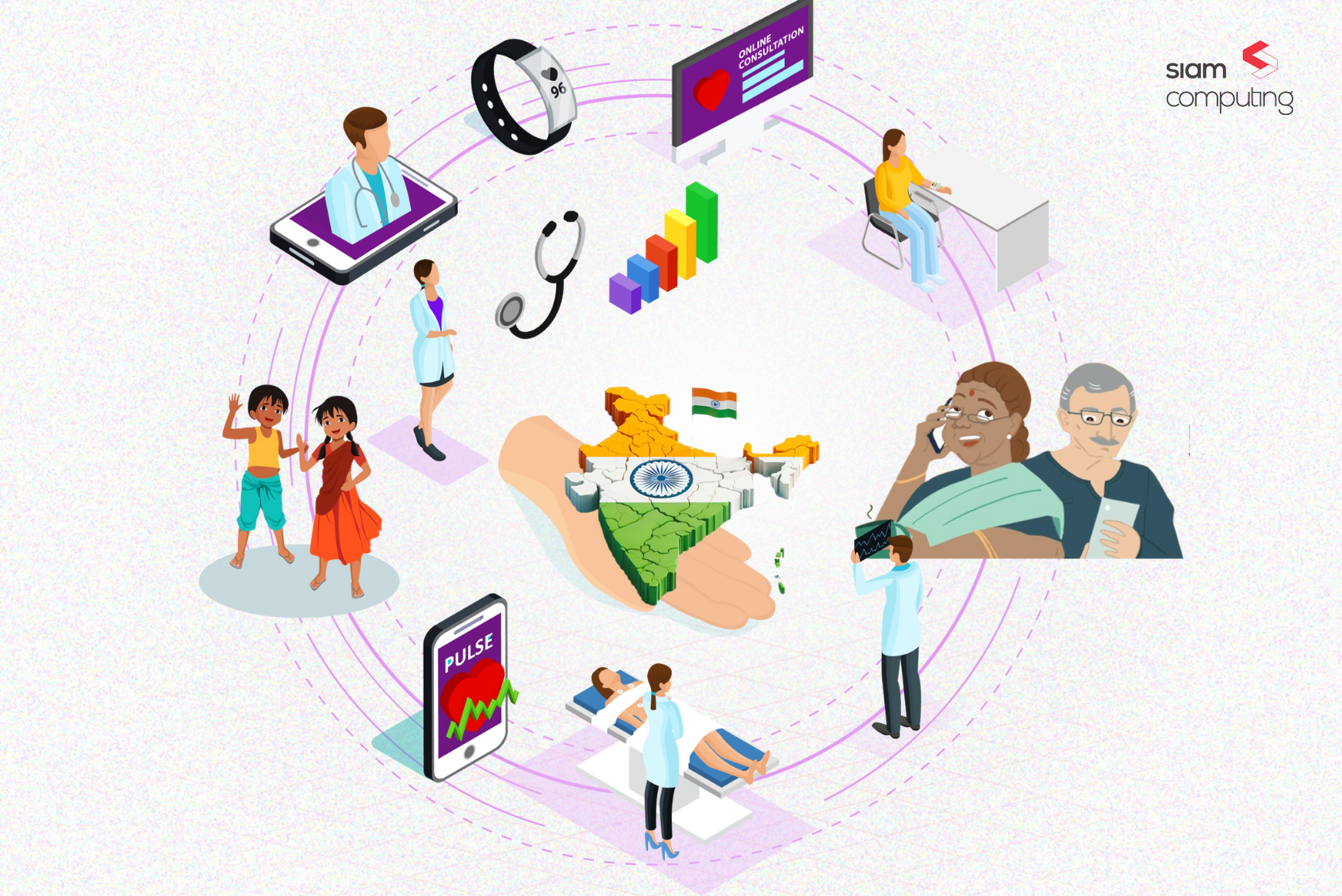Developing a minimum viable product (MVP) is a crucial but tricky process as the most essential functions have to be developed and showcased without overdoing it. The key to taking an MVP to the market is to strike the right balance between critical features, cost, and time.
So, wouldn’t you be tempted to know them firsthand if we were to share a few fool-proof MVP development hacks that we use? Keep reading to explore the top five MVP development hacks we follow at Siam Computing.
—>Leverage the correct mix of cost, time and features to build with our MVP Development.
Why Founders Still Struggle to Find the Right MVP Approach?
When it comes to MVP development, there is a lot of confusion about what works and what doesn’t. Some founders struggle to find the right direction because they either don’t have enough resources or are not strategic in their approach. Others are simply afraid of making the wrong decision and thus spend too much time figuring out the right development approach.
However, this fear can be unfounded. There is no one-size-fits-all approach to developing an MVP. Before deciding on an MVP development approach, Founders must consider their startup’s goals and objectives.
Over the years, the MVP development approach has evolved, but the goals remain to test the market and validate your idea. Many startups successfully use a ‘build-measure-learn’ model that involves building, measuring, and learning from their product.

Picture Credits – Unsplash
—>Avoid common MVP mistakes with our tried and tested MVP Development formulae.
Common Mistakes Founders Make in the MVP Development Process
There are a lot of mistakes that founders make while they are trying to build their products. Some are due to a lack of knowledge, and others are due to a lack of time.
The most common mistakes that founders make in their MVP development process include:
- Not having a clear vision for the product
- Not having enough time for testing and validating their idea before the release date
- Not putting enough effort into making sure that the software is user-friendly
- Not considering how much time it will take for the software to be fully developed
- Not understanding what type of software they want to develop
Top 5 Proven Hacks to Make Your MVP Great
MVP development is complicated. However, there are certain things you can do to make it easier for yourself. Here are five hacks to help you get your MVP out the door faster.
1. Have a clear vision
You should have a clear vision of what your MVP should be doing before you start building it. This will help you create a good product that resonates with your target audience.
To make this happen, you must spend time understanding your users, their needs, and your target market. This will help you build a plan to ensure that your product is successful and can deliver value for your users.
Knowing what your MVP should be doing is vital before investing resources to ensure that the product you are building is as solid as possible and has the potential for future growth.
2. Create a product backlog for your MVP
Before you start building, establishing a product backlog with all the features, your MVP will have is essential. This lets you clearly define your MVP and what needs to be implemented in the first development phase. When you have completed this initial phase, you will have a list of features you can review, prioritize, and add to your backlog.
It also helps you focus on the essential functions of your product before adding more advanced features later in development.

Picture Credits – Unsplash
3. Listen and Introspect on VoC
The Voice of the customer (VoC) describes a person’s opinions and feedback about a product or service. It is an integral part of consumer research that has been around for decades and helps companies improve their products and services.
The VoC process starts with collecting feedback from customers via surveys, phone calls, or direct interactions. Once you’ve gathered information from your customers, you can use this data to better your MVP.
With the advent of social media, VoC has become more popular and easier to implement in businesses. But VoC is not just limited to Twitter or Facebook; it can also be found on blogs and forums where customers can voice their opinions on topics relevant to your company.
4. Estimate market size before building your product
One of the most important things you should do before you start building your product is to estimate the size of your market. You need to know how many people will use your product and their needs to understand whether it will be a success or not.
Asking the following questions will further help you in estimating your market size.
- What is the size of your market?
- How to define your market?
- How to find your target audience?
- What is the value proposition of your product or service?
- How do you plan to make money from this product/service?
- What are the key benefits of your product?
- What is your target customer?
- How much does it cost to build your product?
- What will be the initial investment for this project?
- How long will it take to reach profitability?
- Where do you plan to sell your product or service, and how will you market it?
- Who do you need on board for this project, and what skills do they need to bring?
5. Have a strong value proposition for the product before taking it to market
A value proposition is a short, clear statement of your product’s benefits to its target audience. It is an effective way to communicate your company’s mission and vision to potential customers.
The value proposition for your product should be directly related to and in harmony with the purpose of the product. This ensures you are not wasting time on skill sets you don’t have and instead focus on what you are best at – creativity and emotions.
For a strong value proposition, it is vital first to have a clear idea of your target audience – Who are you making your product for, and what are they looking for?
Focusing on finding answers to the following questions to establish a clear value proposition with the target audience in mind:
- What are your customers’ problems?
- What do they want to get out of using your product?
- How will using your product make them feel?
- What will happen if they don’t use it?

Picture Credits – Unsplash
MVP Development Trends in 2022
The MVP development trends have changed how startups approach their development process.
10 MVP Development Trends in 2022:
- The Rise of Scaled Agile Methodologies
- The shift from product-centricity to customer-centricity
- The Rise of Microservices
- The shift from enterprise software to cloud software
- The Growth of DevOps
- The shift from on-premise applications to cloud-based applications
- The Shift From Web Apps to Mobile Apps
- The shift from traditional IT operations to DevOps and automation
- The Rise of AI and Machine Learning
- The shift towards a more agile and iterative approach
MVP development trends have been changing rapidly in the past few years. These trends continue to change in the coming years.
Wrapping Up…
MVPs are not only helpful for prototyping but also help in delivering a better product to the consumer. It is important to note that the MVP development hacks listed above are just some of the many ways to speed up your MVP development. You will have to find the right balance between them to create a working prototype without sacrificing too much time or effort.
Your first idea can be the most incredible product, but developing a Minimum Viable Product isn’t always easy. If you’re looking for help to make your MVP great, look no further. Reach out to us! We’re all about bringing your idea to life!








